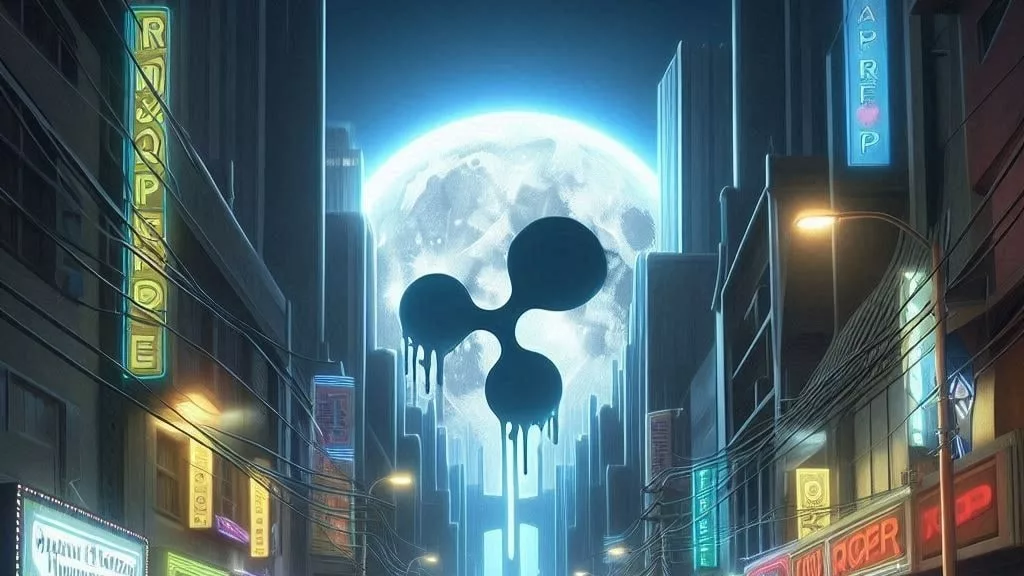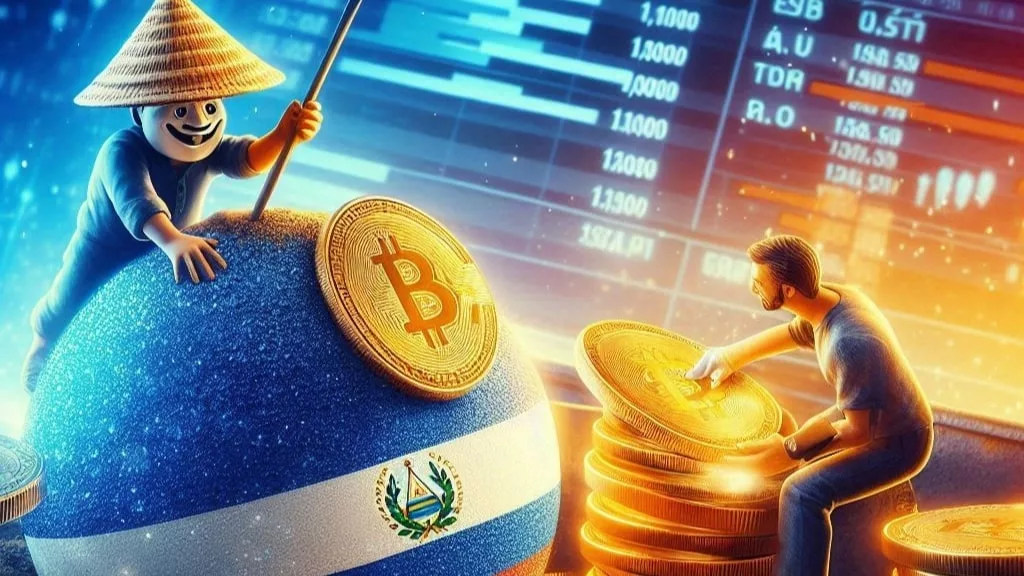
Litecoin (LTC) stands out as a pivotal player with a turbulent journey ahead in its quest to achieve significant price milestones. As of June 27, 2024, Litecoin is grappling with market pressures, trading around $70.6 amid fluctuating investor sentiment and broader economic factors. Amidst these fluctuations, experts and analysts are delving into LTC’s potential trajectory over the next several years.
Litecoin, often dubbed the “silver to Bitcoin’s gold,” has carved a niche for itself in the digital currency ecosystem. Created by Charlie Lee in 2011, Litecoin shares many similarities with Bitcoin but boasts faster transaction speeds and a more abundant coin supply, with a total of 84 million coins compared to Bitcoin’s 21 million.
Experts have varying views on Litecoin’s future price movements. Technical analysis indicates that Litecoin’s 50-day Simple Moving Average (SMA) is currently at $89.32, highlighting recent trends and potential areas of support and resistance. The Relative Strength Index (RSI), a crucial indicator of market momentum, suggests mixed sentiments with a reading around 41.89, reflecting a cautious market outlook.
Recent market trends show Litecoin facing resistance around $75.42 while maintaining support levels near $70.53. The current price of $70.6 underscores ongoing volatility, driven by fluctuating trading volumes and investor sentiment amidst global economic uncertainties.
Looking ahead, forecasts for Litecoin in 2024 project a potential range from a low of $64 to highs reaching $115, depending on market dynamics and external influences like regulatory developments and technological advancements. Beyond 2024, long-term projections paint a bullish picture, with some analysts predicting Litecoin could surpass $1,000 by 2030, buoyed by increasing adoption and institutional interest.
Litecoin’s performance is intricately linked to broader market factors such as Bitcoin’s price movements, regulatory decisions impacting digital currencies, and technological upgrades within the Litecoin network itself. The upcoming Bitcoin halving event, for instance, is anticipated to have a ripple effect across the crypto currency market, and potentially influencing Litecoin’s price dynamics.
Experts believe that while Litecoin faces short-term challenges, including volatility and regulatory uncertainties, its underlying technology and community support position it favorably for long-term growth. Institutional adoption and mainstream acceptance as a viable payment method could further bolster Litecoin’s market position in the years ahead.
Looking forward, Litecoin’s trajectory hinges on emerging trends such as decentralized finance (De Fi) integration and advancements in block chain technology. As the digital economy continues to evolve, Litecoin’s role in facilitating faster, more cost-effective transactions could propel its adoption among mainstream users and institutional investors alike. Innovations in scalability and interoperability will be critical, paving the way for Litecoin to solidify its position as a cornerstone of the digital currency ecosystem.
In conclusion, Litecoin’s journey from its inception to its current market position reflects its resilience and adaptability within the fast-evolving crypto currency landscape. As investors and enthusiasts look to navigate the complexities of digital assets, Litecoin remains a pivotal player with potential for substantial growth and value creation in the foreseeable future.




Get the latest Crypto & Blockchain News in your inbox.